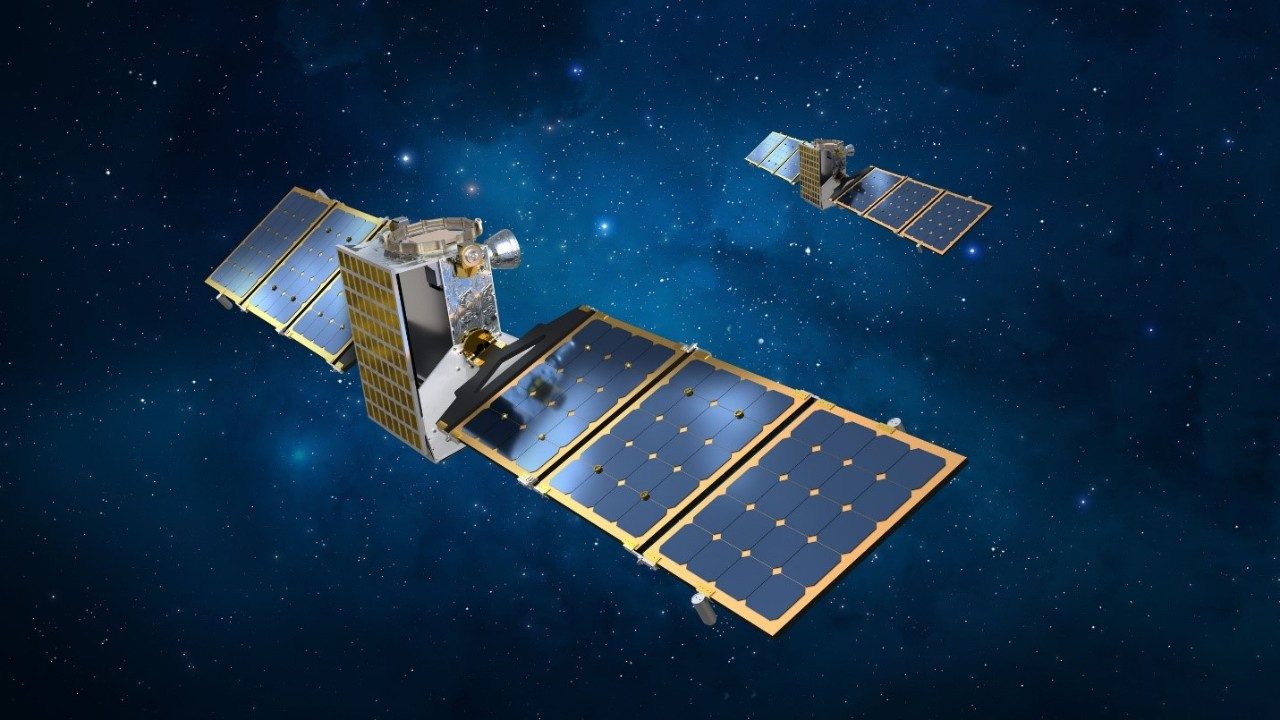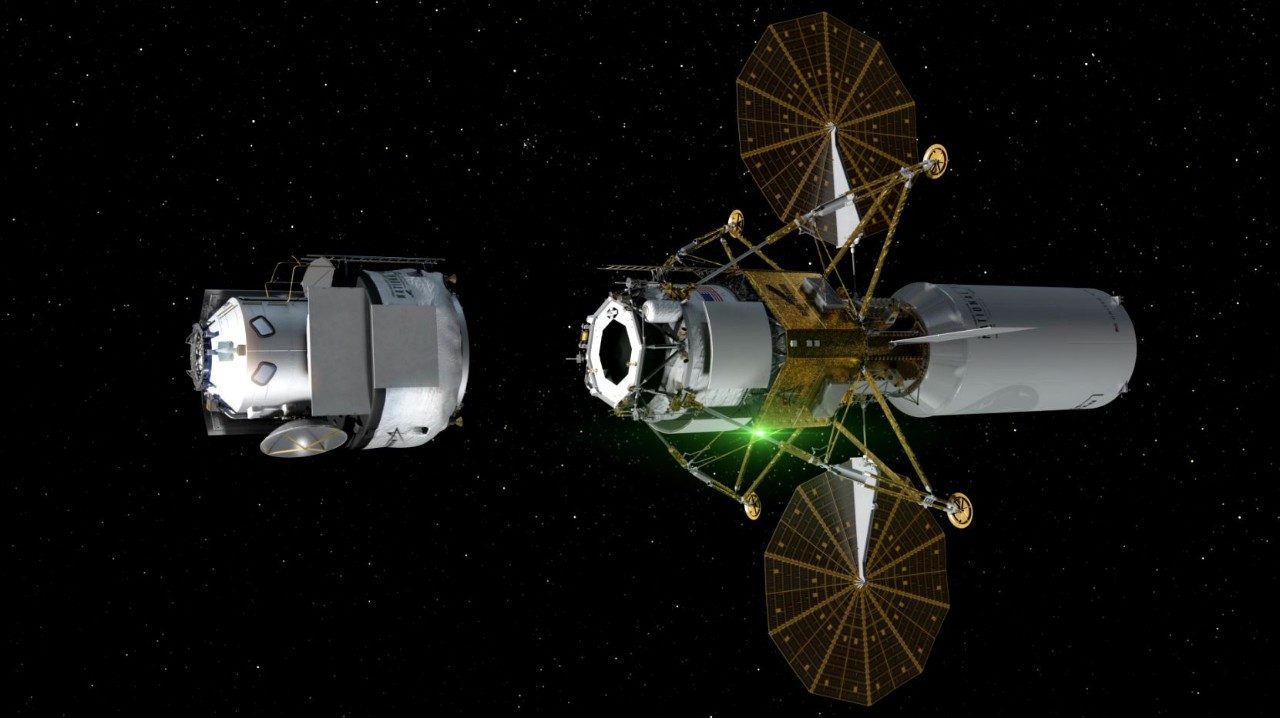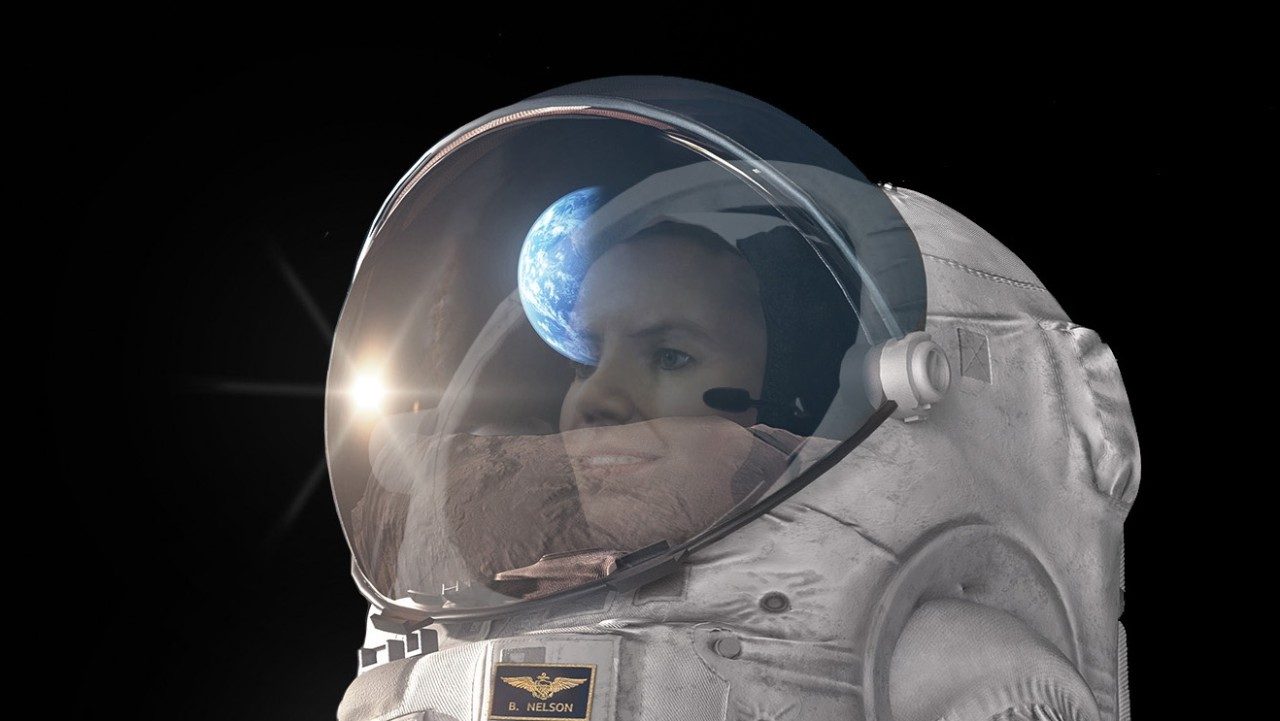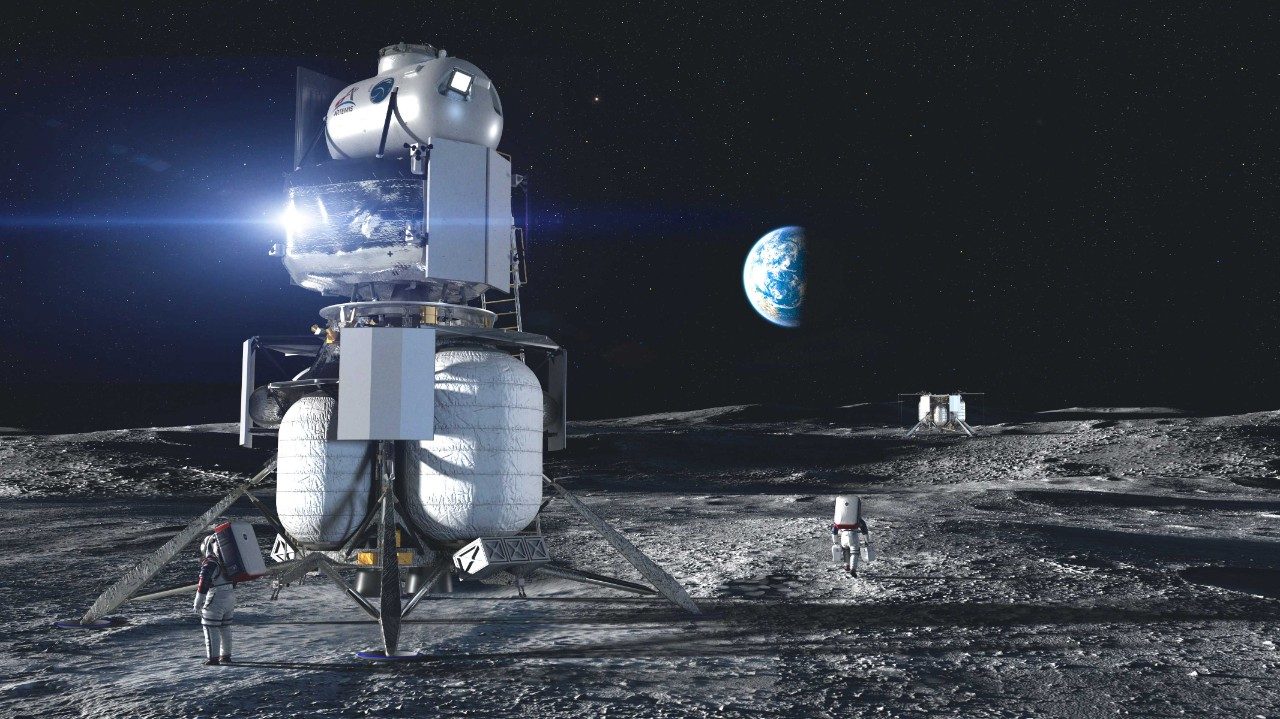Before you leave for a big trip, you plan. You research the best things to see and — perhaps more importantly — what to avoid. Space exploration is no different. As we endeavor to return to the Moon and seek destinations like Mars and beyond, we must be prepared.
That’s where small but mighty robotic spacecraft like Lunar Trailblazer come into the picture. Aptly named, Lunar Trailblazer will help forge a path for humans to safely return to the Moon, thanks to its detailed study of lunar water — and it’s just been confirmed for production.
Getting to the Moon
Little spacecraft, big science
“Passing this key decision point means we have the green flag to proceed with production on the spacecraft. I’m very excited to see all the big science this compact spacecraft will surely bring back to us”
In recent years, evidence of water on the Moon has grown to include discoveries of ice at both lunar poles and at the equator. Research suggests these quantities are sufficient enough that they could fuel a new space economy on the lunar surface.
Lunar Trailblazer hopes to build on this knowledge and qualify more about the behavior of our Moon’s water. The mission aims to measure the form, abundance and distribution of water and hydroxide (a water molecule minus one part hydrogen) and make high-resolution maps of various regions of the lunar surface.
The mission’s findings could help us better identify future Moon landing sites for humans and discover new clues about the delivery of water and other materials to the Earth-Moon system over time. Our team will design, build and integrate the spacecraft for NASA's Jet Propulsion Laboratory and Caltech, who manages both JPL and the mission’s science objectives.

As we continue to move toward more cost-effective exploration missions, small satellites — and spacecraft — enter a new golden era.
This trend spurred NASA to announce a brand new class of missions focused on bite-sized science: Small Innovative Missions for Planetary Exploration (SIMPLEx). These missions use small spacecraft — less than 400 pounds and $55 million in cost — to conduct unique exploration science. They get to space by hitching a ride on existing launches.
With our legacy of more than 150 small satellite missions, we’ve secured two of the three first round NASA SIMPLEx programs: Lunar Trailblazer and Janus. Janus, Lunar Trailblazer’s sister mission, will launch in 2022 to study binary asteroids. Lunar Trailblazer will be delivered at the end of 2022, with its ride-along to space currently baselined for early 2025.
As we prepare to send the first woman and next man to the Moon, little spacecraft like Lunar Trailblazer will clear the path for humankind to discover the universe’s greatest mysteries.
Getting Humans to the Moon







